G. M. DiDesidero is a debut Chickasaw author, born and raised in the Tri-Cities, Washington. She grew up knowing she had Chickasaw roots and marveling at her Grandpa Cutchentubby’s name, but not having a personal connection to her tribe, until the Chickasaw Nation calendars came in the mail. The calendars opened a daily window into a vibrant, living community. Inspired to read every tribal story she could find, DiDesidero discovered a profound connection with her heritage through storytelling. Today, DiDesidero is proud to say Chikasha saya. DiDesidero’s debut YA fantasy novel, Undrowned, was released in October of this year and fuses traditional Indigenous storytelling beautifully with modern fantasy elements.
It began with the King of the Tie Snakes.
The first time I read this traditional Chickasaw story, I pictured the chief’s son so vividly he would not leave me alone. Sent to deliver a message to another chief, he makes the mistake only a boy would: he stops to play with his friends and winds up impulsively throwing his father’s vessel—the emblem of his authority—into the stream. When he dives in to retrieve it, snakes coil around his body and drag him below. His friends above run to tell the village the terrible news—the chief’s son has drowned—while the snakes deliver the boy to their king.
It should have been the end of him. But in the writhing cavern beneath the river, the boy forms an unexpected friendship with the King of the Tie Snakes.
For days afterward, I thought of nothing but this story. The chief’s son, oh, his image in my mind was crisp—tossing the vessel, shrugging off his friends’ jeers, trying to mask the dread curling in his stomach. I felt his bravado evaporate underwater. And I wondered: Why would the King of the Tie Snakes befriend such an impulsive boy?
My answer became my debut novel, Undrowned.
Don’t tell someone’s story for them.
A year later, I led critique groups and strengthened Jasper and Harissa’s story. I’d even sent my manuscript to my tribe’s press: Chickasaw Press. While I waited for a response, I pitched Undrowned to literary agents.
“Undrowned is inspired by traditional Chickasaw stories,” I told one agent during an in-person pitch. I described Jasper’s conflict, how snakes rise from the Underworld to drag him below. She sat up straighter, eyes wide with interest, and she handed me a card with a QR code to upload my full manuscript.
But her first question wasn’t about the plot.
“Why are you the best person to tell this story?”
I was expecting this.
Perhaps it sounds like a strange question. I created my story, after all. I’m obviously the best person to tell it, right?
But Indigenous history is littered with colonial theft of land, culture, traditions, knowledge, and stories. Stories that skewed Indigenous tradition, flattening tribal groups into one-dimensional props. What she was really asking was this: What gives you the right to retell traditional Chickasaw stories?
Be a story steward.
The truth was, as a citizen of Chickasaw Nation, my connection to my tribe’s stories was clear to me, but I still questioned how it would be received. I don’t speak for every single Chickasaw citizen, after all. Would someone object to the way I merged the roles of the King of the Tie Snakes with Sint-Holo, the Horned Serpent? Someone was bound to take umbrage with the fact I gave the Red Fox Clan red hair.
I took the risk and wrote our stories into a YA fantasy because they’re worth sharing and reimagining. And, like us, they aren’t always consistent. Sometimes they disagree or carry local flavor. What does this mean, when traditional stories contradict? Are some stories a better reflection of who we are? Are they more authentic?
This diversity, to me, is further proof that no single story, no solitary lens could possibly represent the width and breadth and depth of experiences of the Chickasaw Nation. Or of any people, for that matter.
Writing from tradition means being intentional with characters and theme.
The strengths, weaknesses, and limitations of each character shaped the conflicts, so my first challenge was to decide on the cast. Some of these decisions were straightforward. The Thunderbird’s natural tension with Sint-Holo mirrored the power balance my story needed, so the Thunderbird was added. Nalusa Chito (the Soul Eater), blamed for causing depression, earned my sympathy, as did the shapeshifter, who is seen as unpredictably violent. I imagined they both had behind-the-scenes roles and were misunderstood.
Next, I wanted characters from different traditional clan stories to meet without blurring their distinctions. So, I fashioned mountains, islands, forests, and deserts, each a stage for
a distinct group. I considered geography and climate, trade winds and rain shadows, adding enough global texture to make Terra feel authentic.
All the while I asked questions: What if the shapeshifter had a complex because he never really fit in? What would the fierce Wildcat Clan look like as island folk? How would their reputation as shapeshifters and hunters affect their worldview?
Then I dropped Jasper on the island and watched the disturbance unfold.
Prune strategically and create a unifying structure.
At first, the story was like planting squash—one fistful of seeds, and suddenly I was overwhelmed. Vines sprawling in every direction, invading the plot. Unlike squash, I couldn’t just give my surplus story away to neighbors.
My biggest challenge wasn’t worldbuilding or character development. It was strategic pruning. I demoted a point of view character into a side character, which stung, but pulling Almondy’s story back brought clarity to the plotline.
Finally, I braided all the characters into a single unifying myth, inspired by the cadences and rhythms of traditional oral storytelling. This through-line is my novel’s anchor.
Work with others from your tribe.
While the literary agent ultimately passed on my manuscript, I’m glad she did. Undrowned eventually came home to Chickasaw Press, where editors challenged and shaped my story. If I did not have my tribe to walk alongside my characters, I wouldn’t have the same confidence to share Undrowned with the world.
I believe the stories that shaped my people belong to the future. The best way I know to honor traditional stories is to plant them in new soil, water them with imagination, and see what grows.
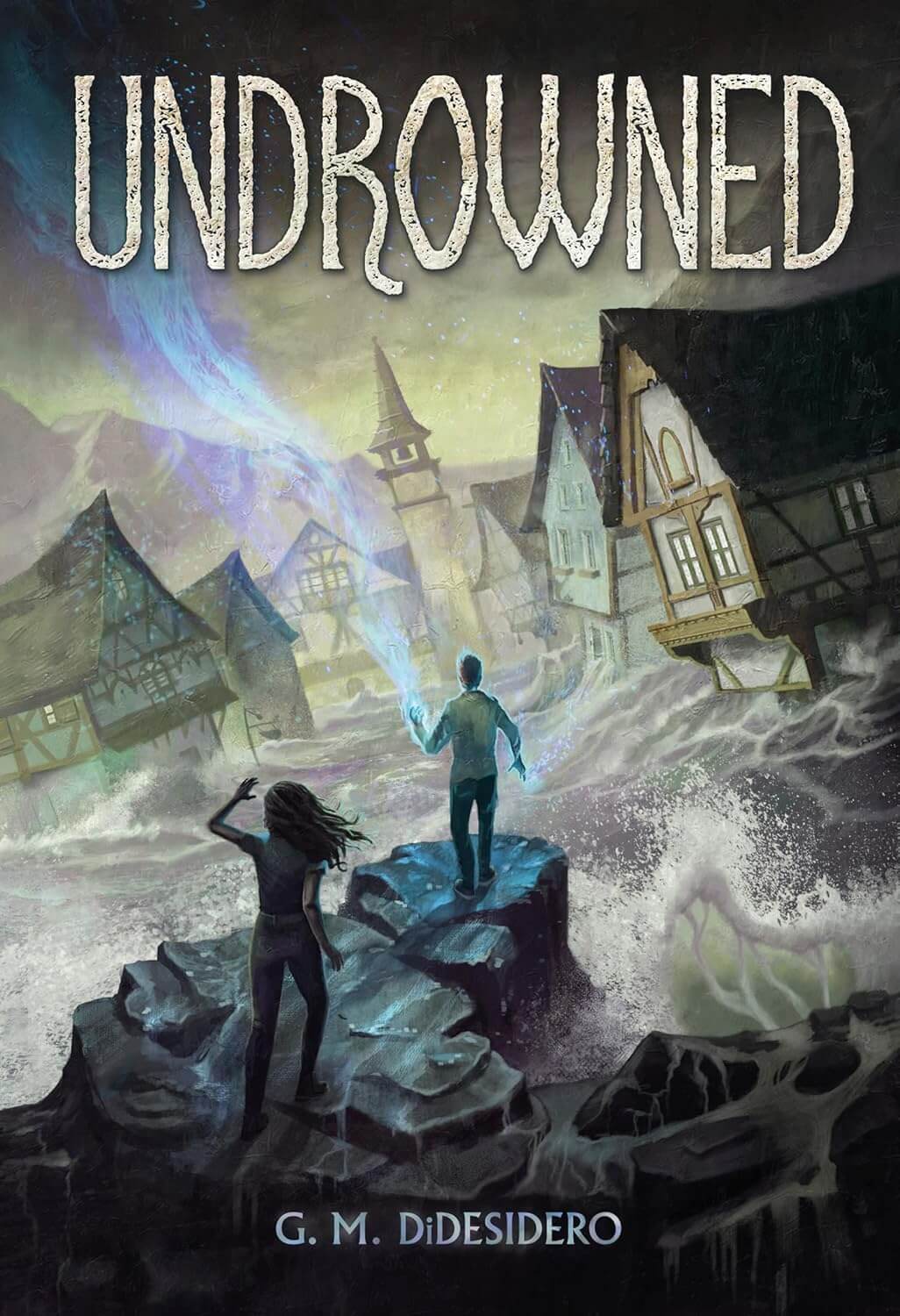
Undrowned by G. M. DiDesidero
The five clans of Terra each had their own forms of power, called cannys, gifted to them from the Patrons. In the wars that raged, humanity was almost destroyed, but the Patrons managed to prevent the elimination of humanity with a price. As time droned on, cannys and Patrons fell into myth and young Jasper Lindstedt of the Fox clan must unite with an enemy from the Tiger clan, Harissa Delmar, to face a shared threat. The two must overcome their need to butt heads in order to unearth the secrets of Terra.
Buy the book now: Bookshop.org | Amazon | Barnes & Noble









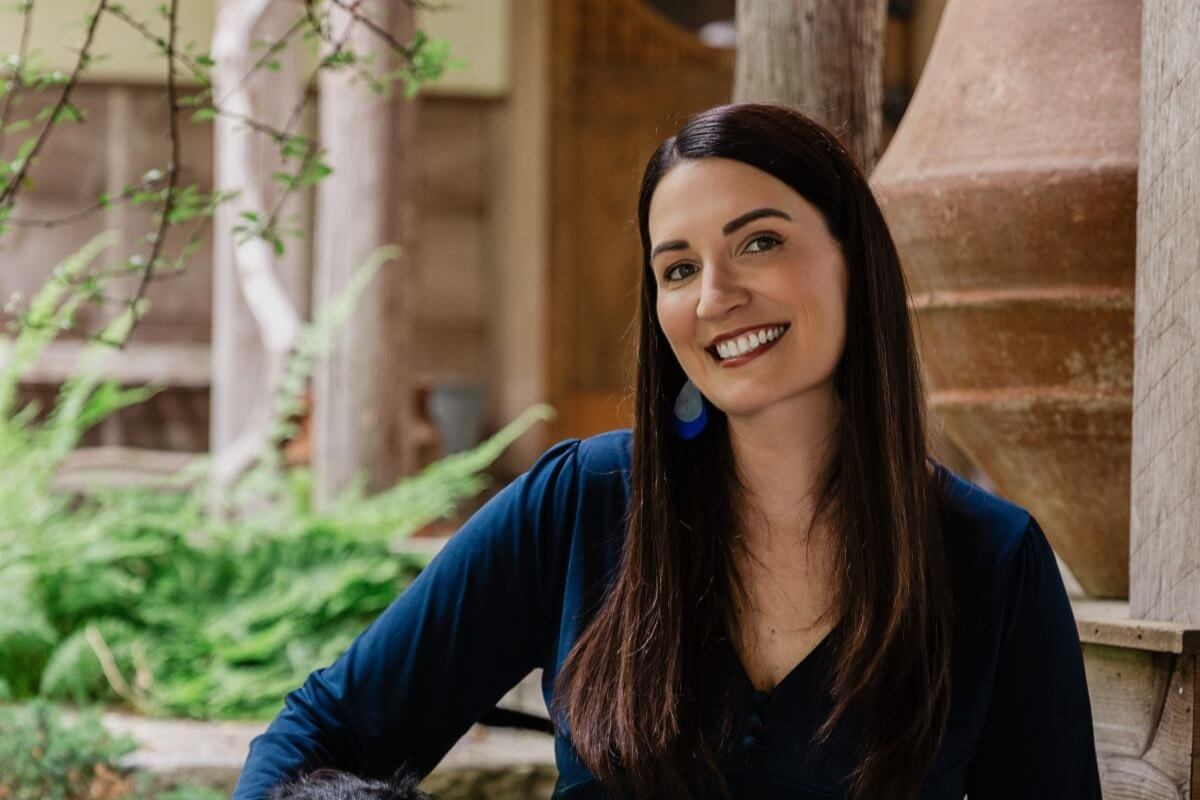
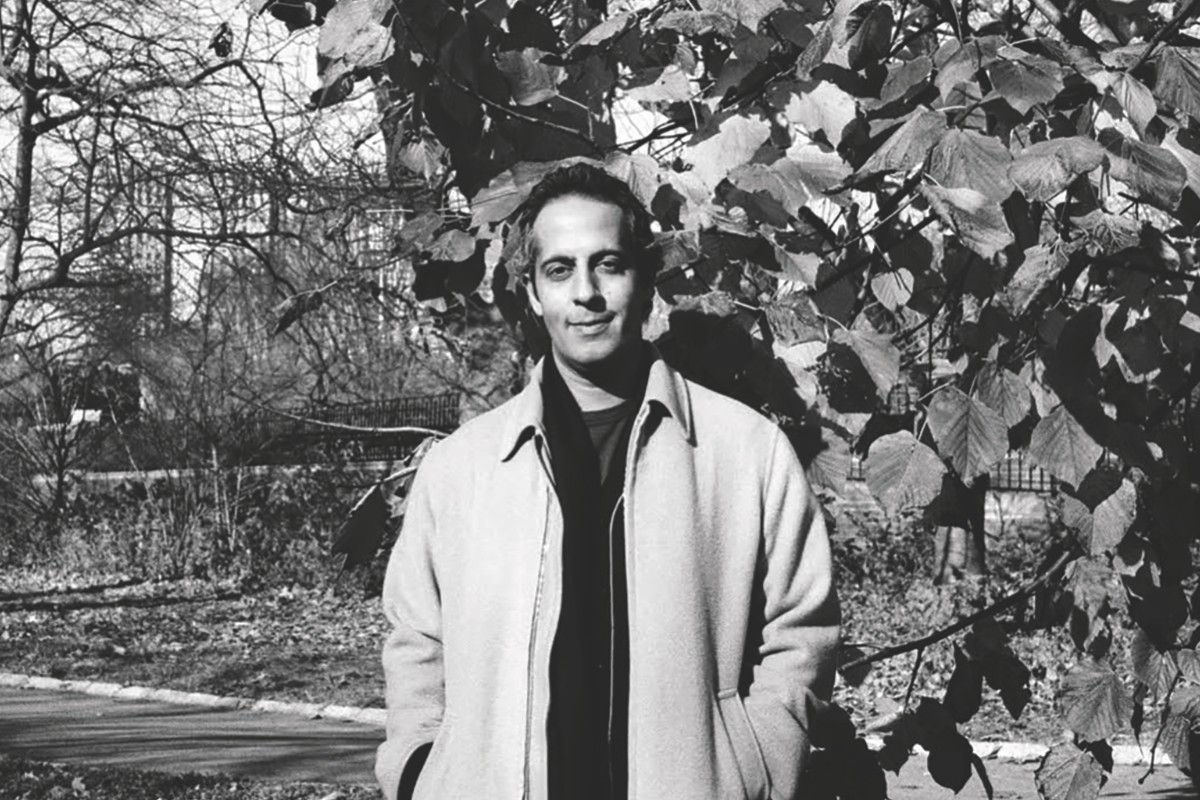
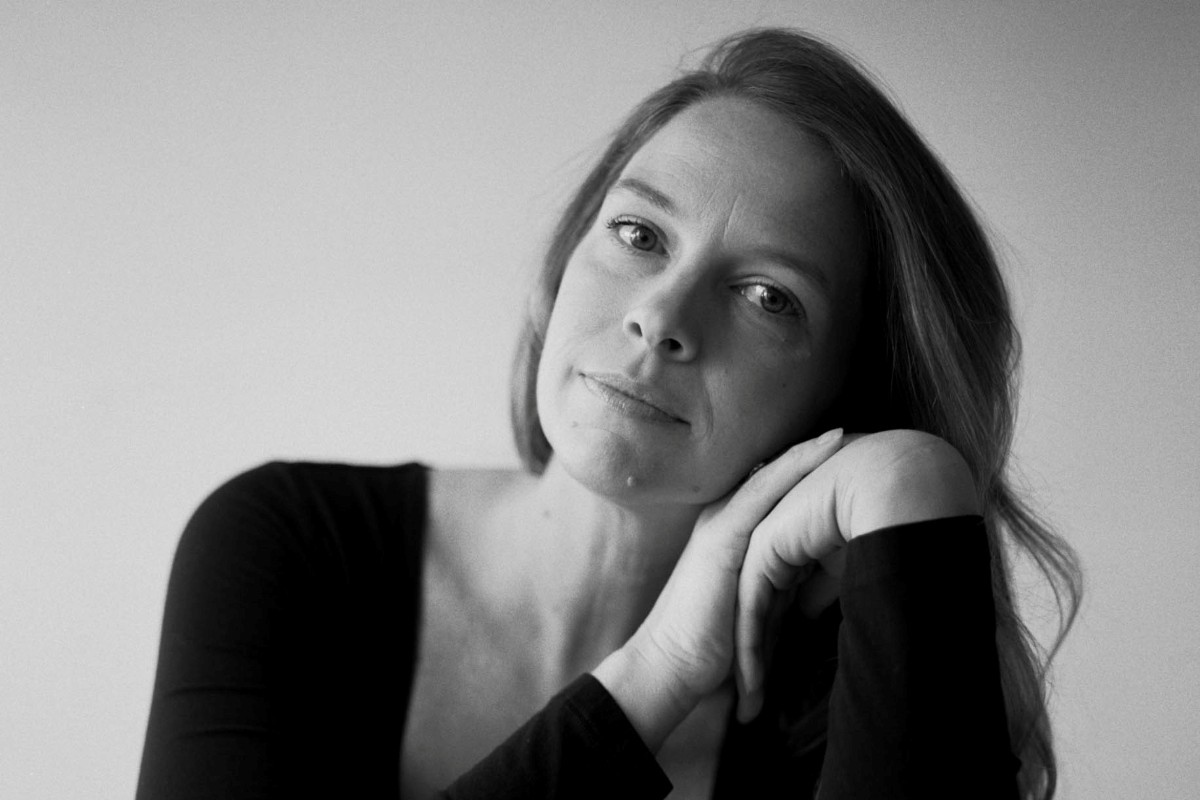

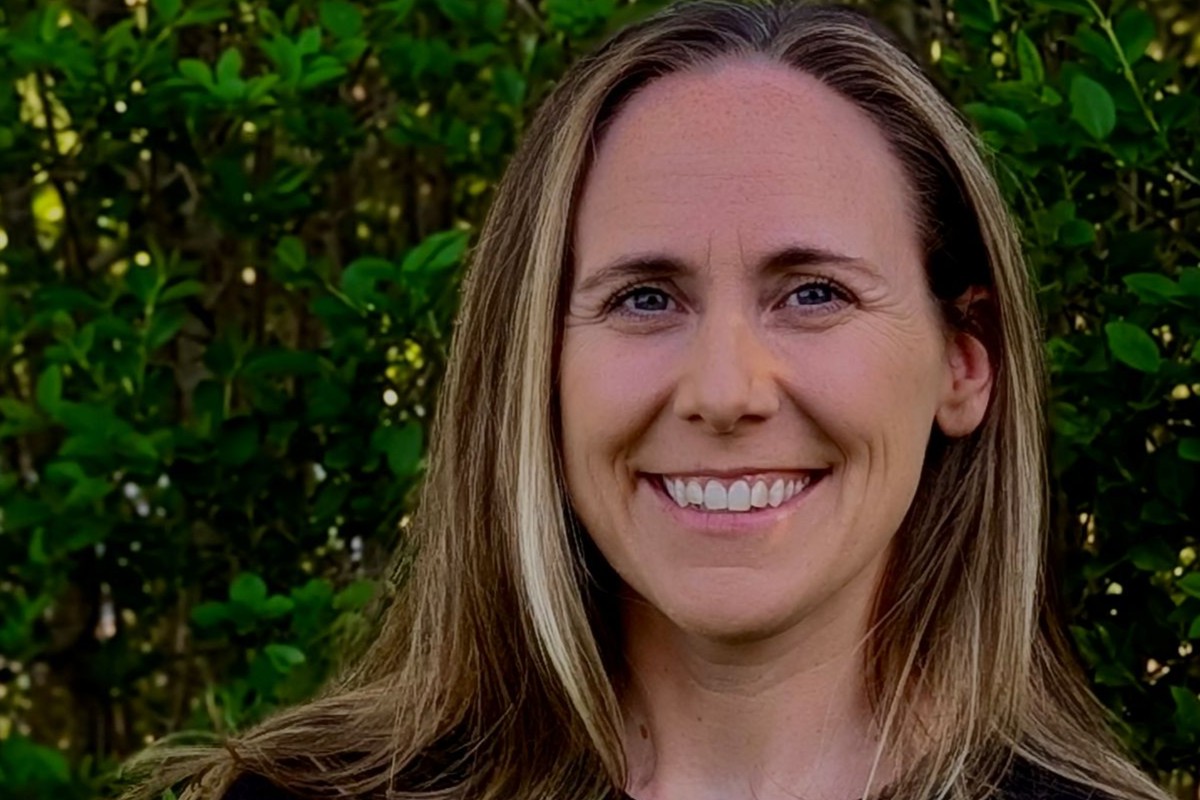
Leave A Comment